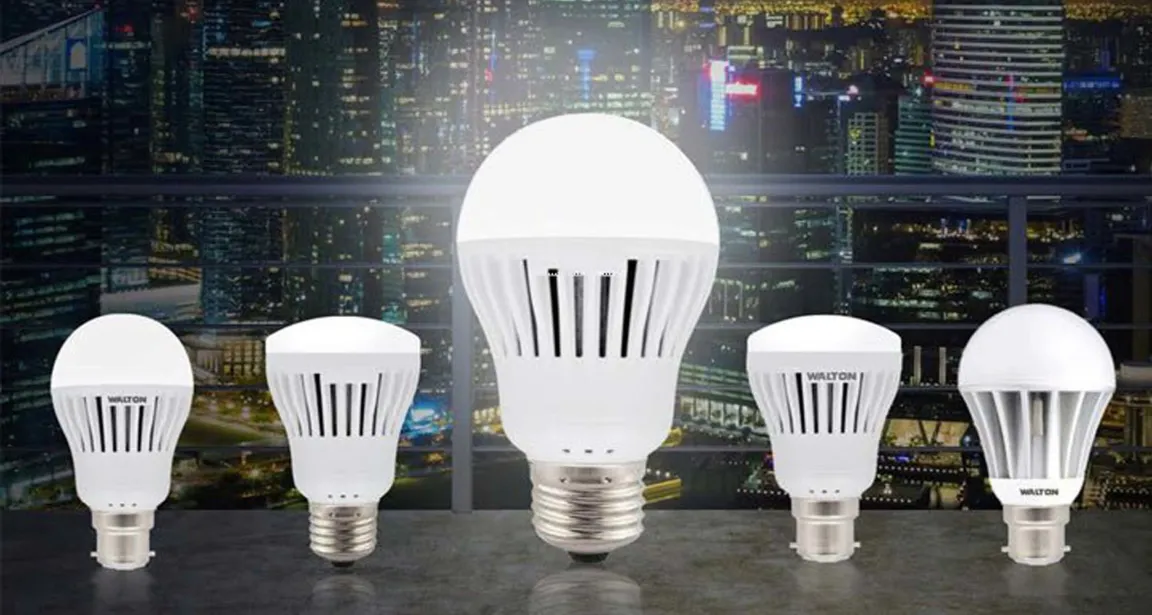LED lights have become increasingly popular in various settings, ranging from cars to homes, primarily due to their energy efficiency and long lifespan. These lights emit a bright and focused illumination, making them a preferred choice for many. However, concerns have been raised about the potential impact of LED lights on our bodies, particularly on our eyes.

It is important to clarify that LED lights themselves do not contain aluminum gallium arsenide or any other harmful material. LED technology utilizes semiconductors made from materials such as gallium arsenide, but these materials are encapsulated within the LED itself and do not pose a risk when used in lighting applications.
While LED lights do emit blue light, which has a shorter wavelength and higher energy compared to other colors in the visible spectrum, the idea that they cause immediate eye damage is incorrect. Prolonged and direct exposure to blue light can have an effect on the retina over time, potentially leading to a decline in visual performance. However, it is crucial to note that this damage does not occur suddenly, and the level of risk depends on the duration and intensity of exposure.
To mitigate potential risks, experts recommend using filters or diffusers on LED lights to reduce the amount of blue light reaching the eyes directly. This can help minimize the potential harm associated with long-term exposure. Additionally, it is advisable to ensure that rooms are adequately illuminated with natural sunlight whenever possible, as sunlight can help counterbalance the effects of LED lights.
When purchasing LED lights, there are a couple of factors to consider to minimize potential harm. One such factor is the Color Rendering Index (CRI), which measures the light’s ability to accurately render colors. Opting for lights with a higher CRI, such as 97, can ensure better color accuracy and potentially reduce eye strain.
Another consideration is the color temperature of the light. Lights with a color temperature of 2,700 degrees Kelvin or below are generally considered less harmful to the eyes. By selecting warmer color temperatures, the amount of blue light emitted can be reduced.
Leave a Reply